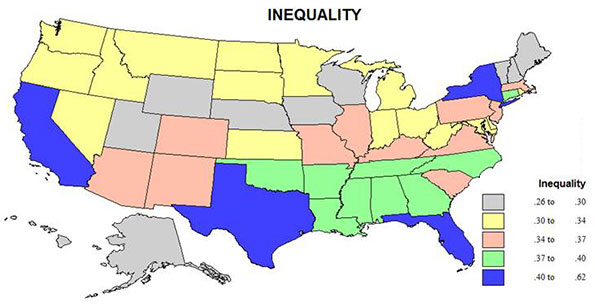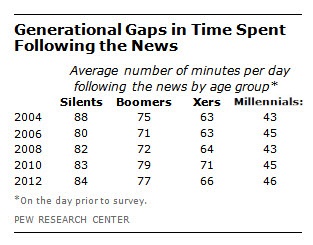Chris Matthews has written an article for
The Boston Globe
titled “
When Politics Was Friendly.”
Although President Reagan and Speaker Tip O’Neill had their political
differences, he says, they were actually pals.
Nonsense.
O’Neill
repeatedly attacked Reagan at a very personal level. “The evil is
in the White House at the present time,” he said in July 1984.
“And that evil is a man who has no care and no concern for the working
class of America and the future generations of America, and who likes to ride a
horse. He's cold. He's mean. He's got ice water for blood.”
In her
memoir, Reagan speechwriter Peggy
Noonan quoted Chief of Staff Don Regan: “Sometimes they’d have a meeting and Tip
would be there and they’re laughing and getting along and it’s very warm. And
then,’ Regan made a fist and punched it into his palm, ‘Tip would leave, go up
to the Hill and turn on him just like a snake! It was treachery!’”



